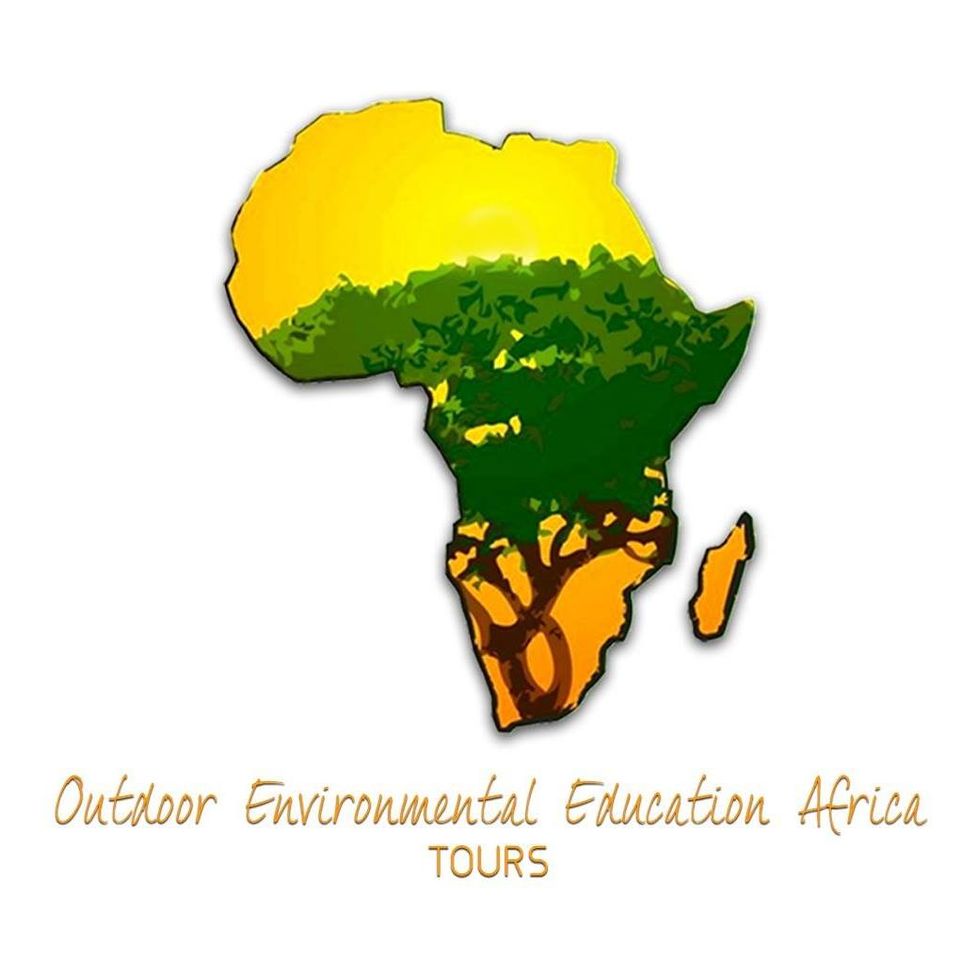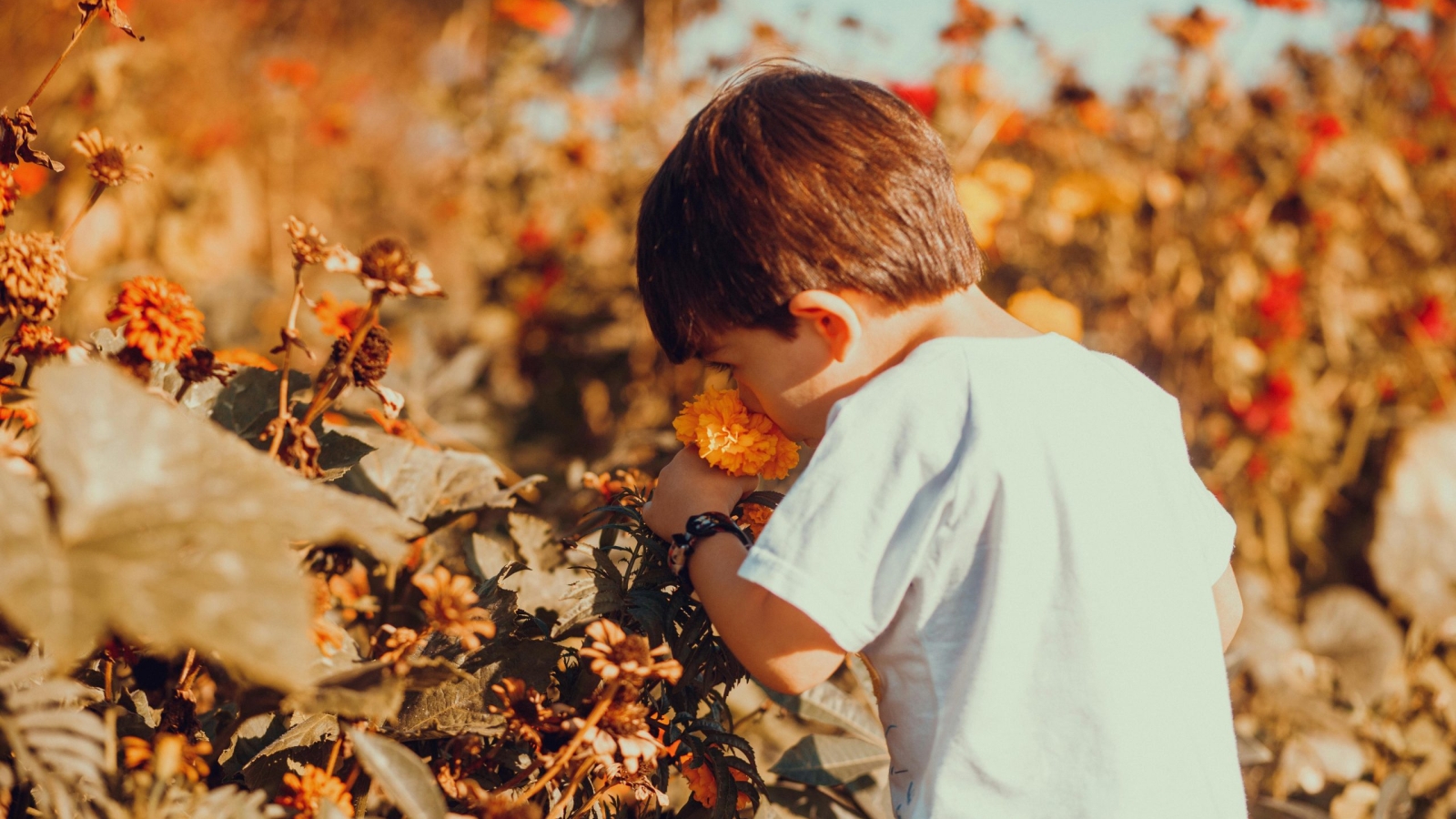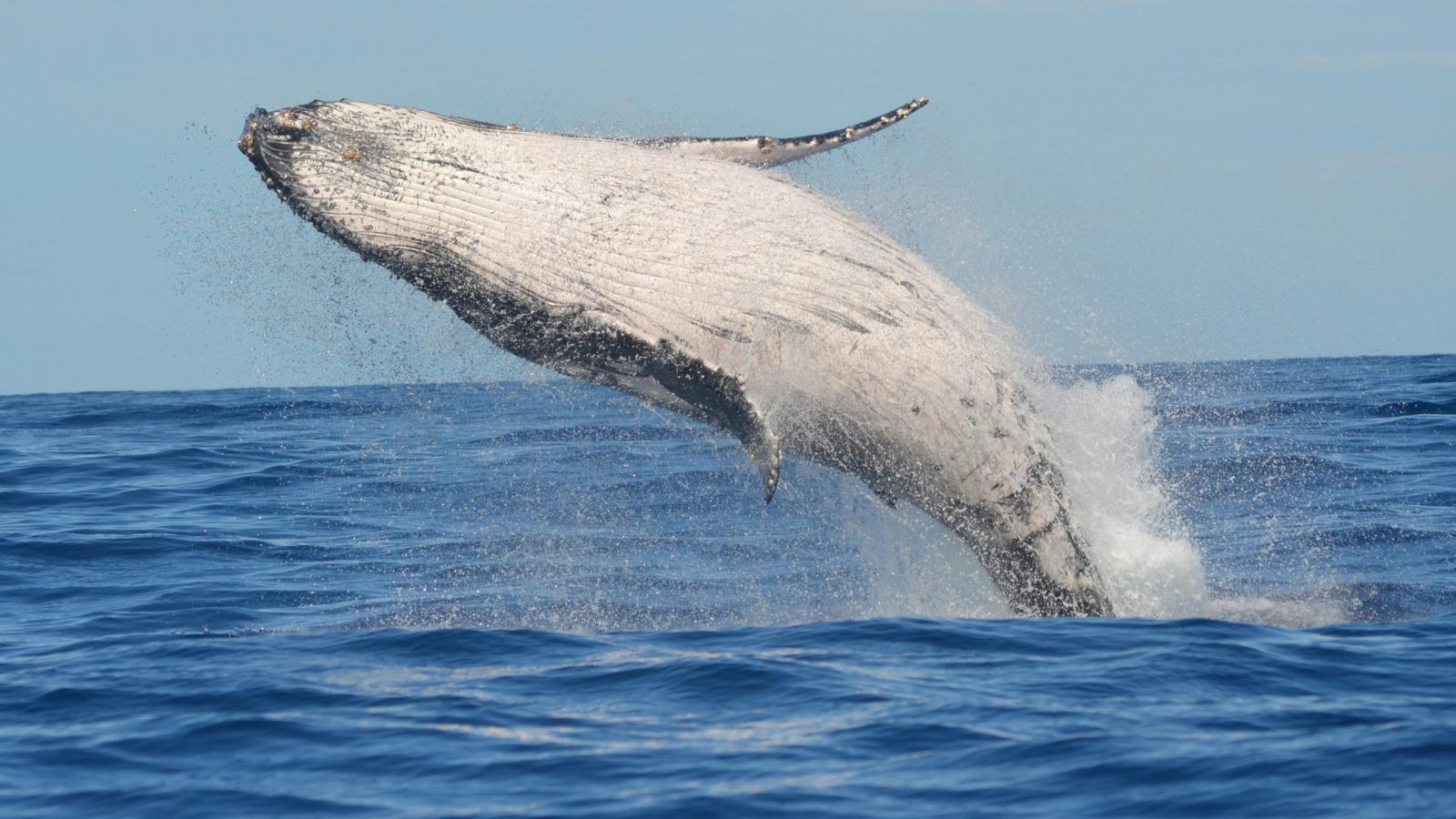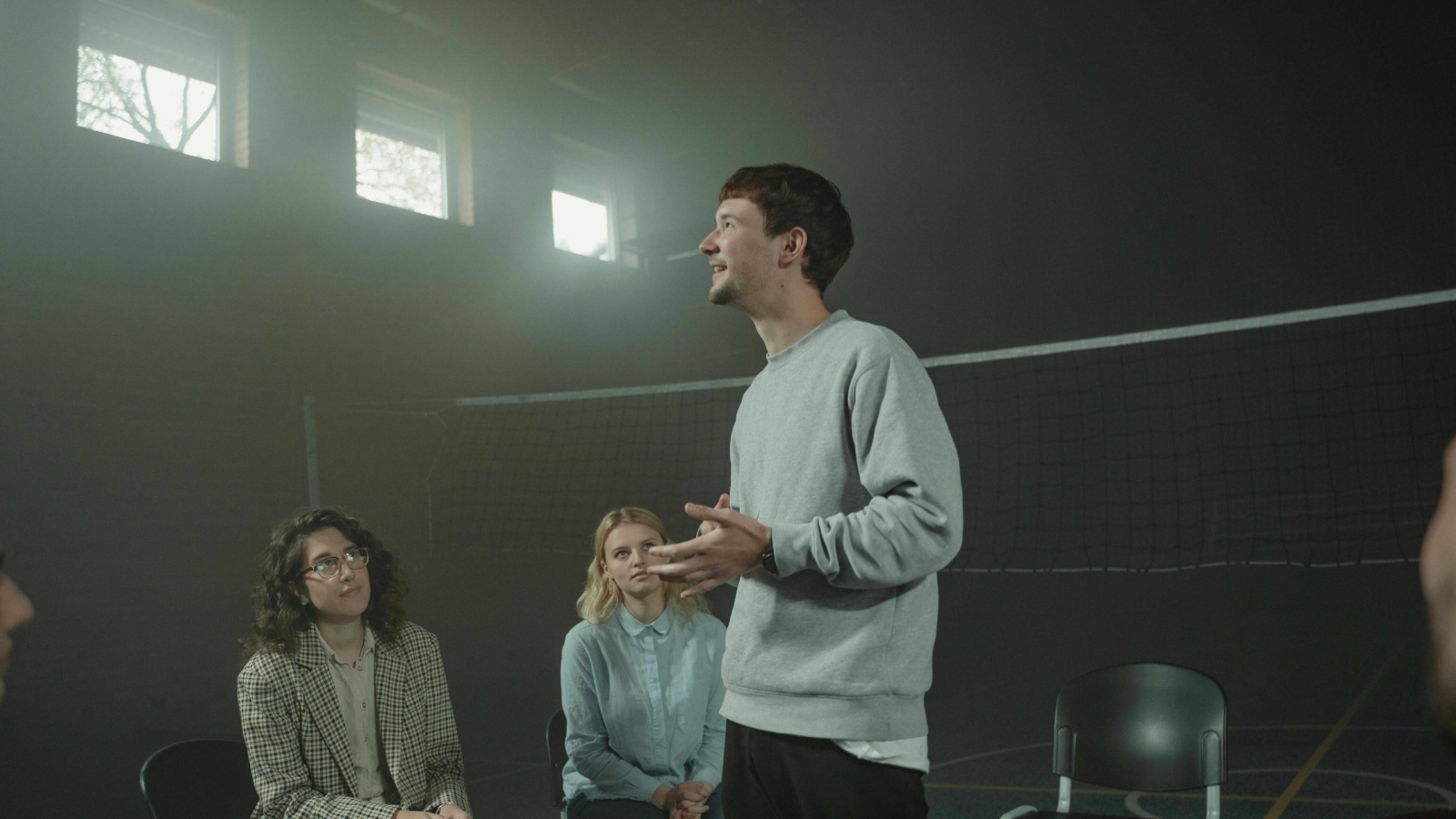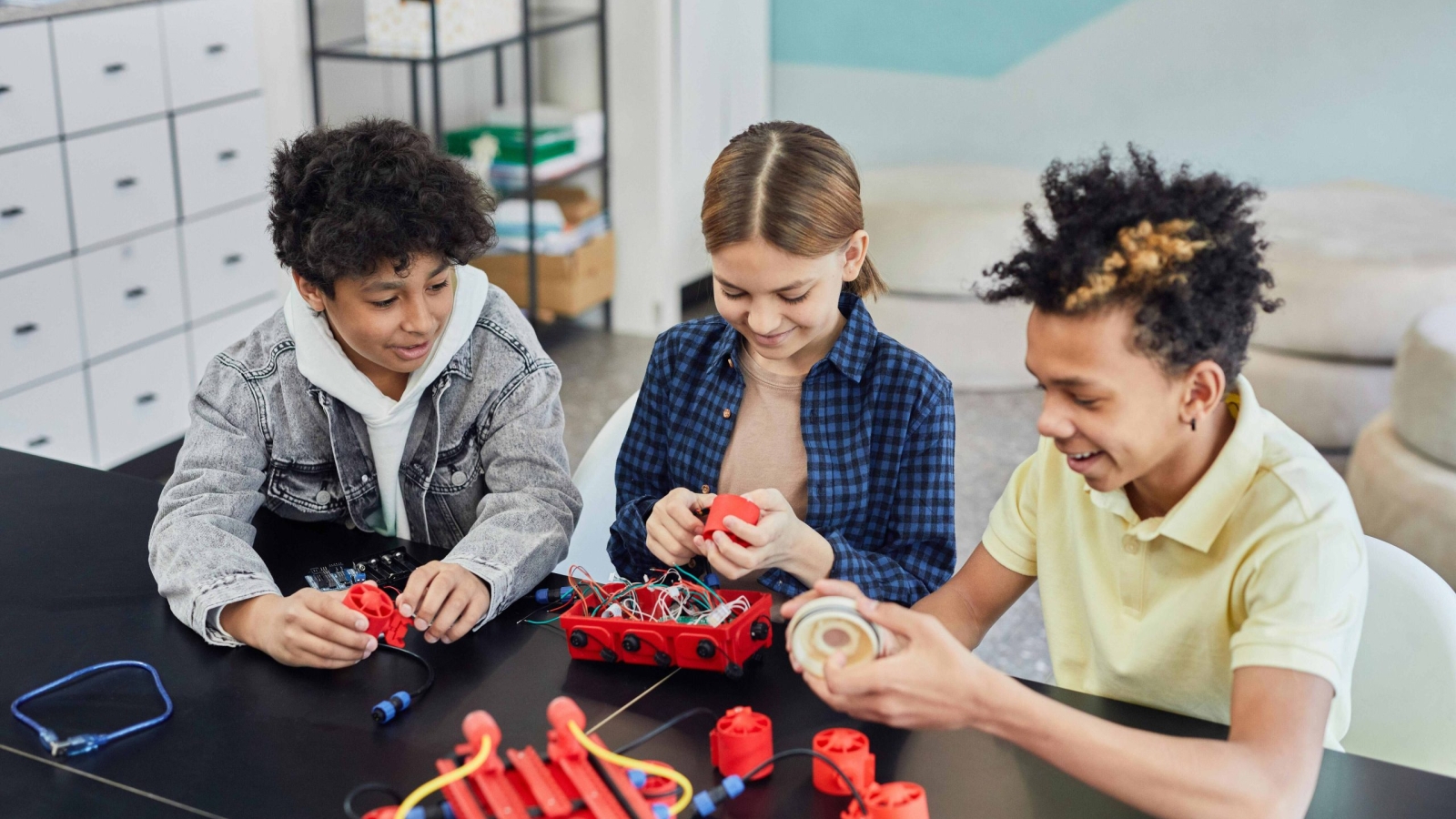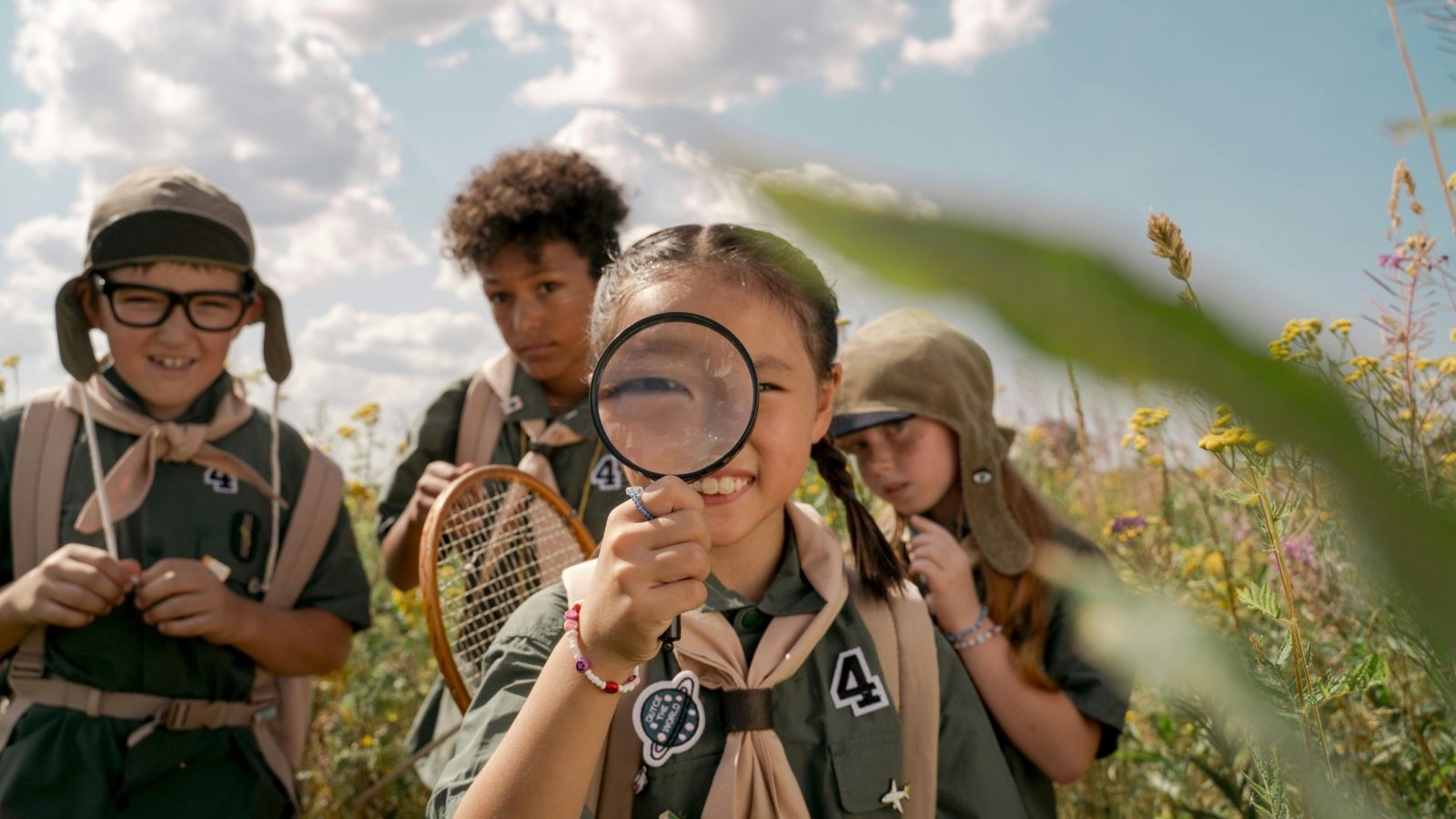If you’ve ever stood under a blazing African sun or sat beside a crackling campfire under a billion stars, you’ll know: the African bush doesn’t just look wild — it smells wild. From dusty roads to blooming flowers, every scent tells a story.
At OEEA, we believe outdoor education is about more than just facts. It’s about feeling Africa with all your senses. So let’s dive into 10 unforgettable smells of the African bush that make eco tours and school adventures in South Africa truly magical!
1. Rain on Dry Earth (Petrichor)
Few things compare to the smell of African rain hitting dry soil. It’s earthy, fresh, and full of promise. In the bush, rain transforms the landscape from dusty browns to vibrant greens. Locals call it “petrichor” — the scent of hope.
No matter if you’re on a safari tour or an outdoor education program, this scent is pure magic.
2. Wild Sage
Brush past a wild sage bush and your fingers carry a peppery, herbal fragrance all day. Guides often call it “bush perfume.” It’s one of those scents visitors remember long after their eco tour in South Africa ends.
3. Woodsmoke from the Campfire
Campfires are the heart of the bush. The smoky aroma means storytelling, stargazing, toasted marshmallows, and sharing laughs with friends. It’s comfort, warmth, and the spirit of Africa rolled into one — an essential part of any school tour or eco tourism experience.
4. Elephant Dung (Yes, Really!)
Don’t wrinkle your nose just yet! Fresh elephant dung surprisingly smells like crushed herbs and vegetation. It’s an important clue for wildlife tracking on bush walks or safari tours — and some guides even use it as a natural mosquito repellent!
5. Mopane Trees
When the sun hits mopane leaves, a gentle honey-like aroma rises into the air. Mopane forests are vital ecosystems for African wildlife and a highlight for any eco tour in Southern Africa.
6. Dry Grass in the Heat
Walking through golden grasslands, you’ll breathe in the warm, dusty scent of dry grass. It’s the smell of summer safaris, wildlife sightings, and unforgettable outdoor adventures.
7. Fresh Animal Tracks
Fresh tracks often carry a distinct smell. Big cats leave behind a musky scent, while antelope paths carry traces of crushed grass and earth. It’s part of the thrilling detective work that makes wildlife tracking a favourite activity on OEEA’s school tours and eco tourism trips.
8. Blossoms in Bloom
Certain times of year transform the bush into a fragrant paradise. Acacias, wild jasmine, and flowering aloes perfume the air, attracting birds, bees, and butterflies. For learners on outdoor education experiences, it’s a beautiful lesson in African biodiversity.
9. The River Breeze
Water is life in the bush. River breezes smell cool, slightly earthy, sometimes tinged with minerals or mud. Animals gather, fish splash, and hippos grunt nearby — a highlight on many eco tours South Africa offers.
10. Your Own Adventure!
Every person finds unique scents that define their African adventure — a guide’s canvas tent, fresh coffee brewed at sunrise, or the salty tang of coastal wilderness.
What smell says “Africa” to you?
🎯 Why Smells Matter in Outdoor Environmental Education
At OEEA, we believe true learning happens when all the senses come alive. The smells of the African bush:
- Connect learners to nature emotionally
- Trigger powerful memories and stories
- Deepen understanding of ecosystems and conservation
- Spark curiosity and create future environmental heroes
That’s why our eco tours, bush adventures, and school tours across South Africa are designed not just to show Africa — but to help learners feel Africa.
🦁 QUIZ TIME! Which African Safari Animal Are You?
Take our quick, fun quiz to discover your inner safari spirit!
1. What’s your favourite way to spend time outdoors?
A) Exploring and discovering new things
B) Relaxing under a tree
C) Socialising with friends
D) Running wild and free
2. Pick a smell you’d bottle up forever:
A) Fresh rain on dusty earth
B) Sweet mopane leaves
C) Campfire smoke
D) Dry grass in the sun
3. Which best describes you?
A) Observant and patient
B) Gentle and wise
C) Playful and chatty
D) Energetic and adventurous
Results:
🦁 Mostly A’s: You’re a Leopard – stealthy, curious, and always exploring.
🐘 Mostly B’s: You’re an Elephant – wise, calm, and connected to your community.
🐒 Mostly C’s: You’re a Monkey – social, cheeky, and full of fun.
🦓 Mostly D’s: You’re a Zebra – energetic, bold, and always on the move.
Tell us your result in the comments — and share your favourite smell of the bush!
Ready for Your Own Outdoor Adventure?
Whether you’re a teacher planning a school tour or a parent dreaming of an eco adventure in South Africa, Outdoor Environmental Education Africa (OEEA) is here to turn the African bush into an unforgettable outdoor classroom.
✨ → Click here to book your OEEA eco tour today!
✨ → Request a customised quotation for your group or school here.
Let’s create lifelong memories — one scent at a time!
